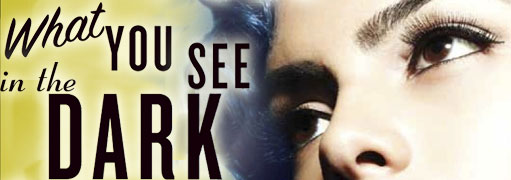Book Review: Manuel Muñoz’ What You See In The Dark
Mystery Based On Hitchcock And Heavy Petting Needs A Cold Shower


Latest Article|September 3, 2020|Free
::Making Grown Men Cry Since 1992




